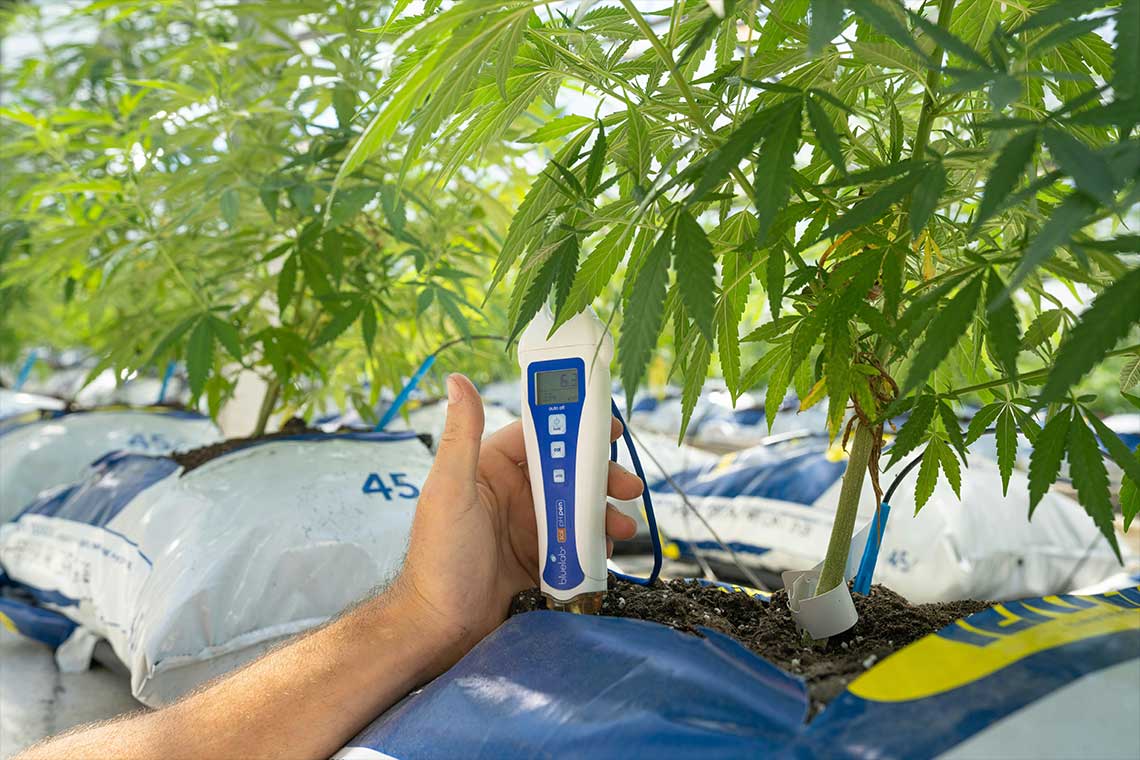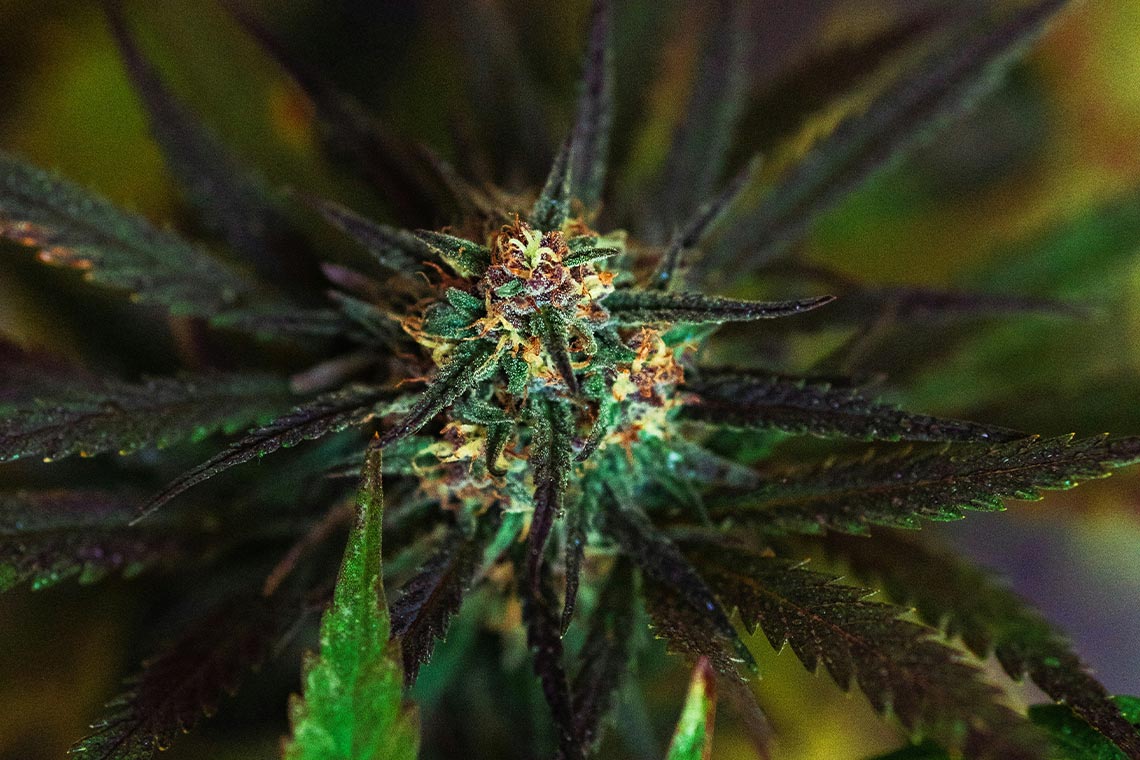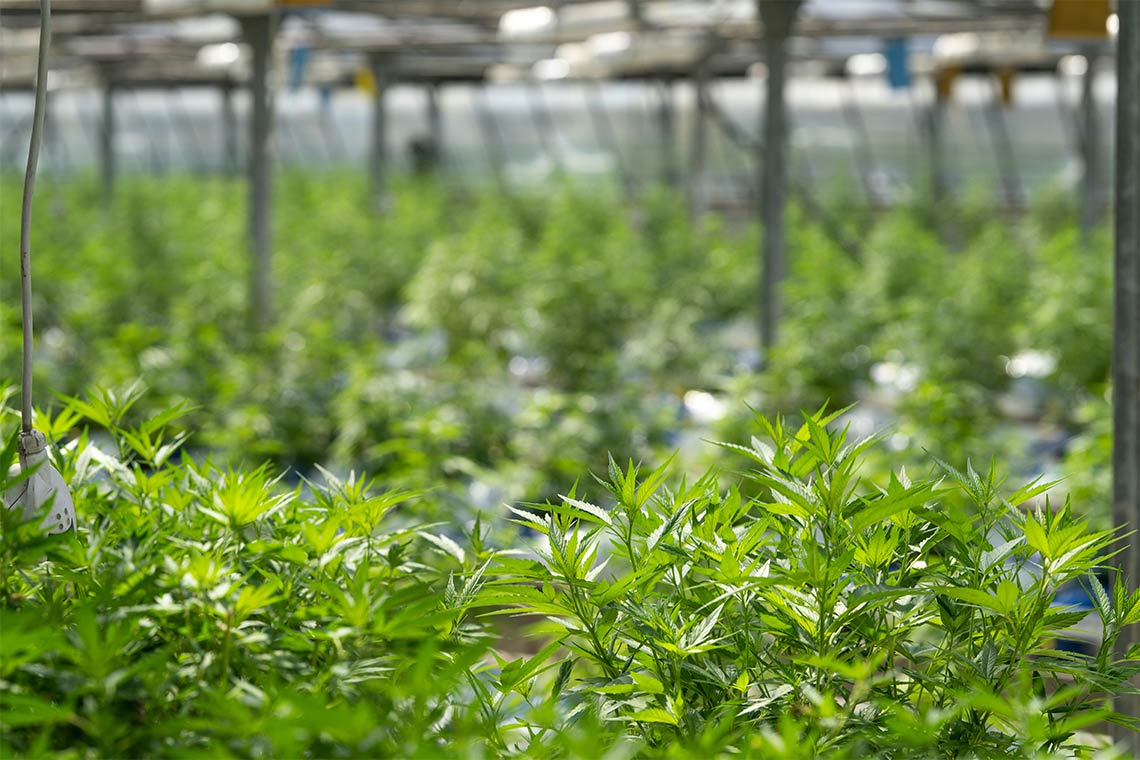Cultural, Informational
AAA and AAAA Grade Cannabis Strains: The Differences
With cannabis legality expanding in the United States, options for purchasing are growing rapidly. You don’t have to rely on your brother’s best friend to score some bud; in many states, you can now stroll down the street to the nearest dispensary or shop online from the convenience of your own home.
Because you have so many options, there are more and more intricate factors that distinguish one strain from the next. One of the most important of these distinguishing factors is the grade of the cannabis. Here we’ll go over the two highest grades, AAA and AAAA.
Table of Contents:
AAAA Cannabis Strains Explained
AAAA quality represents some of the finest cannabis available. At this tier, every aspect of the strain—taste, smell, and appearance—aligns, nearly reaching perfection. Sellers often refer to this category of cannabis as top-shelf, indicating its premium status. Any signs of poor trimming or slight discoloration would disqualify it from this high grade.
Weed of AAAA quality boasts vivid colors and a strong, pungent smell. The buds are adorned with colorful hairs and are densely coated in THC-rich trichomes, making them crystalline. The flavor and aroma of AAAA-grade cannabis are potent and well-matched, ensuring a smooth experience without any harsh aftertaste.
AAA Cannabis Strains Explained
Grade AAA is the first standard grade for high-quality cannabis. It’s a common grade and often serves as the benchmark for higher quality in the cannabis industry. However, there can still be noticeable variations in quality and potency within the AAA category.
Many retailers choose to stock only AAA-grade cannabis and higher, bypassing lower-quality options. Buds in this category are typically colorful, robust, dense, and appear healthy and well-kept. Depending on the specific strain, you might notice vibrant orange, pink, purple, or yellow hairs emerging from the buds, surrounded by a generous coating of trichome crystals.
AAA-grade cannabis is known for delivering a potent high. Sativa strains from this grade tend to affect the head first, enhancing energy and mood. Indica strains, conversely, are known for their body highs, offering relaxation and stress relief and potentially reducing pain. In terms of aroma, AAA cannabis should be distinctly fragrant and appealing, free from any unwanted odors.
While this grade of cannabis boasts many high-quality attributes, it has minor flaws. For instance, the buds may be slightly less dense or show minor discoloration.
AAAA Vs. AAA Strains
AAAA and AAA strains are considered high-quality and display rich, vibrant colors, including green, orange, purple, pink, or blue shades. Each type emits a strong and pleasant aroma and features a dense trichome coating resembling sugar crystals. However, AAA-grade weed might show slight brown discoloration and have less dense buds. The trichomes on AAA weed could appear frosty rather than clear and sparkling, and its colors may be less vivid compared to the AAAA grade.
When purchasing cannabis from a reputable dealer, it’s important to note that the product has undergone several quality checks. It’s also essential for you to be able to identify characteristics of different quality categories to ensure you get what you pay for. Familiarizing yourself with these traits can help you distinguish between AAAA and AAA cannabis strains.
Cannabis Grading Slang
In the cannabis world, there are many slang terms for grading quality that change depending on where you are and who you’re buying from. These fun and creative terms help determine the weed’s potency, flavor, and overall vibe. Whether it’s “Indoor,” “Zaza,” or “Fakies,” knowing these terms can make your buying experience way better so you know exactly what you’re getting.
Zaza
Zaza is known as the “Holy Grail” of cannabis flower. It is known for its elevated cannabinoid content and for being cultivated to perfection. Zaza cultivators use advanced techniques and technologies to ensure every plant reaches its full potential. This includes optimal lighting, precise nutrient management, and controlled environmental conditions that mimic the plant’s natural habitat. The result is a robust and vibrant cannabis flower that boasts an array of therapeutic benefits and a complex flavor and aroma profile.
Indoor
Indoor weed refers to cannabis grown in a controlled indoor environment. This method allows growers to meticulously manage all aspects of the growing process, including lighting, temperature, humidity, and nutrient delivery. By replicating ideal conditions, indoor weed produces higher-quality plants with more potent and flavorful buds.
Indoor setups often use advanced technologies such as LED grow lights, hydroponic systems, and automated climate control to optimize growth and maximize yields. The controlled environment also helps protect plants from pests and diseases, ensuring a cleaner product. As a result, indoor weed is often prized for its consistency, high cannabinoid content, and rich terpene profiles, making it a favorite among cannabis connoisseurs and medical users alike.
Light Deprivation Aka “Fakies”
A mix of natural sunlight and precise, controlled lighting cultivates buds that rival indoor-grown quality. These plants, often called “light deps,” short for light deprivation, are grown in greenhouses where growers can manipulate light exposure to mimic indoor growing conditions. These mock conditions are where Fakies get their name. This hybrid approach leverages the best of both worlds: the full spectrum of natural sunlight, which enhances cannabinoid and terpene development, and the controlled environment of indoor cultivation, which allows for precise adjustments to optimize growth.
Sun Grown Aka “Uglies”
Sun-grown and carefully cultivated in soil, Uglies cannabis strains offer complex flavor profiles that are as close to Mother Nature as you can get. These plants benefit from the natural elements, soaking up the full spectrum of sunlight, which helps develop a richer array of cannabinoids and terpenes. Using soil as the growing medium adds another layer of complexity to the flavor, allowing the plant to draw nutrients in a way that mimics its natural growing conditions.
Don’t be fooled by their name – growers of Uglies often adopt sustainable and organic farming practices, avoiding synthetic pesticides and fertilizers. This not only protects the integrity of the flavor profile but also ensures that the end product is free from harmful chemicals,
Smalls
These popcorn-sized buds, often called “smalls,” embody the saying that good things come in small packages. Whether grown indoors or outdoors, not all parts of the plant receive equal light, leading to the development of smaller buds near the base where light is limited. Despite their modest size, these buds are densely packed with rich aromas and potent cannabinoids, delivering an exceptional cannabis experience comparable to larger counterparts.
Smalls are meticulously cultivated and harvested with the same care and precision as larger buds. They undergo the same rigorous curing and trimming processes, preserving their potent terpene profiles and cannabinoid content, ensuring a high-quality product.
The “+” Variable
Many companies and dispensaries offer cannabis with modified grade levels, often marked with a “+” sign to indicate enhanced quality compared to the standard “A” grading system. For instance, AA+ signifies slightly better quality than AA due to factors like flavor profile, bud density, or other attributes from a specific harvest. This grading system allows consumers to quickly identify and select higher-grade specialty products, though these premium harvests typically come at a slightly higher price.

Photo by CRYSTALWEED cannabis on Unsplash
The Effect on Growing Cannabis Indoor or Outdoor
Growing plants indoors will always equate to a higher grade because the environments are controlled. Weather events and pests are much more limited indoors, so the grower can rely more on a consistent crop than an outdoor grower. Because of this consistency, indoor crops are almost always bound to result in higher-rating plants than outdoor.
To learn more about the difference between indoor and outdoor grow operations, click here.
How to Check the Quality of Cannabis?
Visuals
The first and most straightforward method to assess cannabis quality is by sight. Examine the bud’s structure; denser buds typically indicate better quality. Also, be vigilant for signs of pests, insects, and pathogens, as infected buds often display unusual colors. Browning or bleaching are indications that the plant might have been affected by mold during its growth phase. While the mold may no longer be active, such discoloration suggests its prior presence.
Another crucial visual aspect is the trimming of the buds. High-quality cannabis will have neatly trimmed leaves that showcase the buds properly. If you find the surrounding leaves are broken or overly abundant, it could be hiding flaws in the bud itself. Always inspect closely.
Smell
The scent of cannabis can reveal a lot about its quality. Typical aromas range from earthy to citrusy. However, undesirable scents like leafy notes resembling cut grass or hay indicate a less mature or improperly cured product. The intensity of the aroma is also telling; a faint smell suggests that the cannabis may be stale or bland.
A musty odor is a red flag, suggesting poor storage conditions or that the cannabis is past its peak. This smell can resemble that of a damp basement or clothes left in a suitcase too long, indicating that the cannabis has oxidized over time, altering its cannabinoids and terpenes.
Smoke/Taste
If the weed has an off-putting odor, it’s unlikely you’ll want to try smoking it. However, if you decide to proceed and light up, the taste can be a critical quality indicator. High-quality cannabis should have a robust and enjoyable flavor that matches its aroma. Additionally, when burned, the ash should be white and clean, further indicating the purity of the product.
Questions to consider:
- Does the flavor align with the aroma?
- Is the flavor strong enough to surpass the generic taste of burning plant matter?
- Does the flavor linger, even half an hour after smoking?
Positive answers to the above questions indicate top-quality, Grade A cannabis. Additionally, ask yourself:
- Is the smoke harsh and irritating in the back of your throat?
- Does the flavor dissipate after the first puff?
- Is there any discernible flavor, or does it taste like burnt plant matter?
- Does the taste seem oddly salty? Does the bud crackle and spark when it burns?
If you say “yes,” to any of these, you’re likely dealing with cannabis that’s a lower grade.

Photo by Matthew Sichkaruk on Unsplash
So What is the Best Grade of Cannabis?
Something that makes cannabis grades tricky is that individual dispensaries may use their grading systems. While most companies use specific grades, there is not necessarily a universal, specific code that an organization upholds.
While AAA remains a high-standard product only slightly inferior to AAAA, anything below AAA will begin to show less potency and quality. However, these lower-quality grades do have great uses for beginners who are not accustomed to cannabis flower.
Meanwhile, some places may use a higher grading scale like AAAAA. This is likely an AAA or AAAA in disguise. You can still trust that it’s a fairly good product, but this grading doesn’t mean it’s better than a 4A somewhere else.
Imperial Extraction offers a diverse range of cannabis flower to cater to all types of users, from novices to connoisseurs. To make it easier for our customers to find the perfect product, we use unique identifiers like Zaza, Fakies, and Uglies. Each identifier highlights specific qualities and characteristics of our flower, ensuring that everyone can find a product that meets their needs and preferences.
**(Disclaimer reminder: This article is not medical advice. It is based on anecdotal user experience alone. If you are thinking about incorporating cannabis (delta-8 THC, delta-9 THC, CBD, etc) into your medicinal routine, please consult a healthcare professional. Do not stop taking any prescribed medications without first consulting your doctor.)
Disclaimer: This article was written in April 2024 and reflects the current laws of the United States at that time. Because cannabis laws in the United States laws are subject to change at any time, please make sure that you are always staying up to date on your federal, state, and local county’s cannabis laws. Additionally, we are NOT encouraging anyone to break the law––we are simply showing people ways to legally and discreetly bring their cannabis products along with them on their travels so that they may have access to those products when they reach their intended destination.


